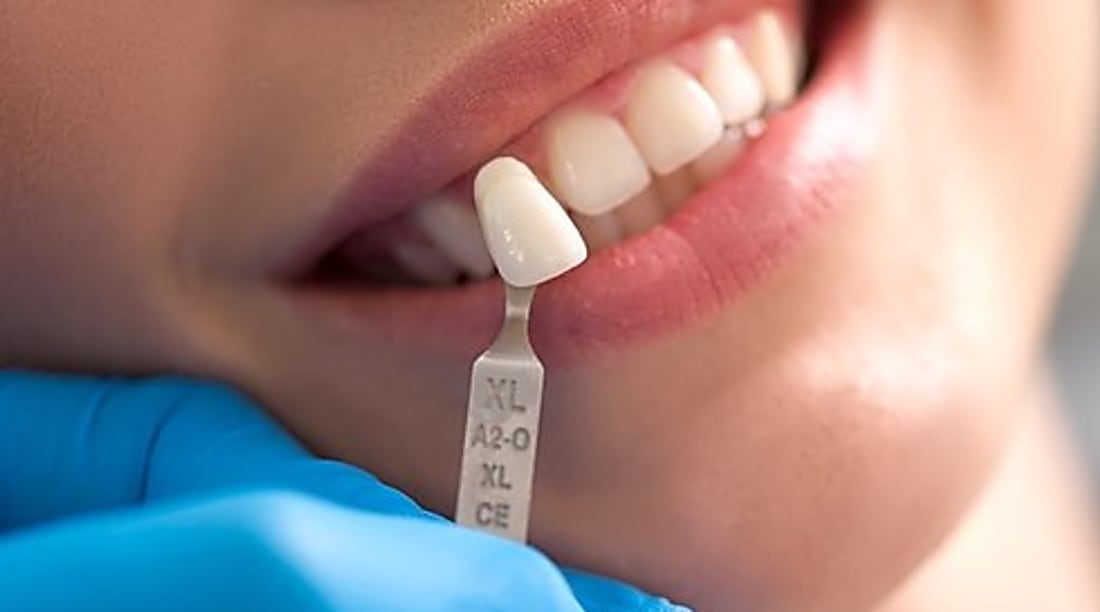Dental Implants: Your Essential Guide to Tooth Replacement
Discover how dental implants provide a durable, natural-feeling solution for missing teeth. Learn about titanium implants, who qualifies, the step-by-step treatment process, benefits for oral health, cost estimates, and long-term care tips. Find out if implants are right for you and what to expect during treatment.

Introduction Dental implants have transformed modern restorative dentistry by offering a permanent, life-like alternative to missing teeth. Made most often from biocompatible titanium, implants act as artificial roots anchored in the jawbone to support crowns, bridges, or full-arch prostheses. Because they fuse with bone and restore function, implants can significantly improve appearance, chewing ability, and oral health.
What are dental implants made of and how do they work? Implants are typically fabricated from titanium or titanium alloys, materials well tolerated by the body and known for their ability to osseointegrate, or bond, with bone. After the implant is placed into the jaw, a period of healing allows bone to grow around the implant surface. Once integration is complete, a small connector called an abutment is attached to the implant; the abutment supports the final restoration, such as a single crown, bridge, or denture.
Who is a suitable candidate for dental implants? Not everyone is an ideal candidate, but many patients can benefit from implants. Key factors that influence candidacy include: - Healthy gums: Active periodontal disease can jeopardize healing and long-term success, so gum health must be managed first. - Adequate bone volume: Sufficient jawbone is needed to support the implant. Bone grafting or sinus lift procedures can rebuild bone when needed. - Overall medical status: Conditions like uncontrolled diabetes, certain immune disorders, or treatments such as radiation may affect healing. Smoking also impairs outcomes. - Commitment to oral care: Good daily hygiene and regular dental visits are essential to protect the surrounding tissues and the implant itself. Dentists assess oral and medical history, take images such as X-rays or CBCT scans, and may recommend preparatory treatments before proceeding with implants.
Step-by-step overview of the implant process The implant journey usually unfolds in several stages, which can vary depending on case complexity and patient healing: 1. Consultation and planning: A clinical exam, radiographs, and treatment planning determine the implant position, number of implants, and whether additional procedures are required. 2. Surgical placement: The implant fixture is surgically placed into the jawbone, commonly under local anesthesia. For anxious patients, sedation options are available. 3. Healing and osseointegration: Over weeks to months the implant integrates with the bone. Temporary restorations may be used during this time. 4. Abutment connection: After integration, an abutment is attached to link the implant and the final prosthesis. 5. Final restoration: A custom-made crown, bridge, or denture is secured to the abutment, restoring form and function. The total timeline depends on healing rates, whether bone grafting was needed, and the complexity of the restorative work. Although treatment can take several months, the outcome is a durable, natural-looking tooth replacement.
Benefits of choosing dental implants Dental implants offer many advantages over traditional tooth replacement options: - Natural look and function: Implants replicate the feel, appearance, and chewing performance of natural teeth. - Preservation of adjacent teeth: Unlike conventional bridges, implants do not require preparation of neighboring teeth. - Longevity: With proper care, implants can last many years and often a lifetime. - Bone maintenance: Implants stimulate the jawbone, helping prevent the bone loss that follows tooth loss. - Comfort and stability: Fixed implant restorations eliminate the slipping and irritation sometimes caused by removable dentures. - Clearer speech: Stable implant restorations reduce speech problems associated with loose dentures. - Ease of care: Daily brushing and flossing plus regular dental check-ups are generally all that is needed; no adhesives are required.
Cost considerations Implant costs vary by geographic region, practitioner experience, the number of implants, and whether additional procedures (like bone grafts or extractions) are required. Typical price ranges in the United States are: - Single tooth implant: $3,000 to $6,000. Factors: location, dentist skill, and any extra procedures. - Full mouth implants: $20,000 to $50,000 or more. Factors: total number of implants and type of prosthesis. - All-on-4 (per arch): $15,000 to $30,000. Factors: materials, complexity, and laboratory fees. Insurance coverage varies; some plans may help cover portions of the treatment, and many practices offer financing to spread costs. Because implants can last decades, many patients find them cost-effective over time compared with repeated repairs or replacements of other restorations.
How to care for dental implants Implants themselves do not develop cavities, but the surrounding gums and bone can be affected by infection. Maintain implant health with these habits: - Brush twice daily and floss around the implant restorations. - Use interdental brushes or water flossers to clean hard-to-reach areas. - Visit your dentist regularly for professional cleanings and examinations. - Avoid smoking and limit excessive alcohol, as these can hinder healing and raise failure risk. - Wear a mouthguard if you grind your teeth or play contact sports to protect the restoration. With consistent care and routine dental follow-up, implants can provide lasting function and aesthetics.
Final notes and disclaimer Dental implants are a well-established option for many people with missing teeth, but individual suitability depends on oral and general health, bone condition, and personal habits. This article provides general information only and is not a substitute for professional dental advice. Consult a qualified dentist to discuss your specific needs, treatment options, and costs.






